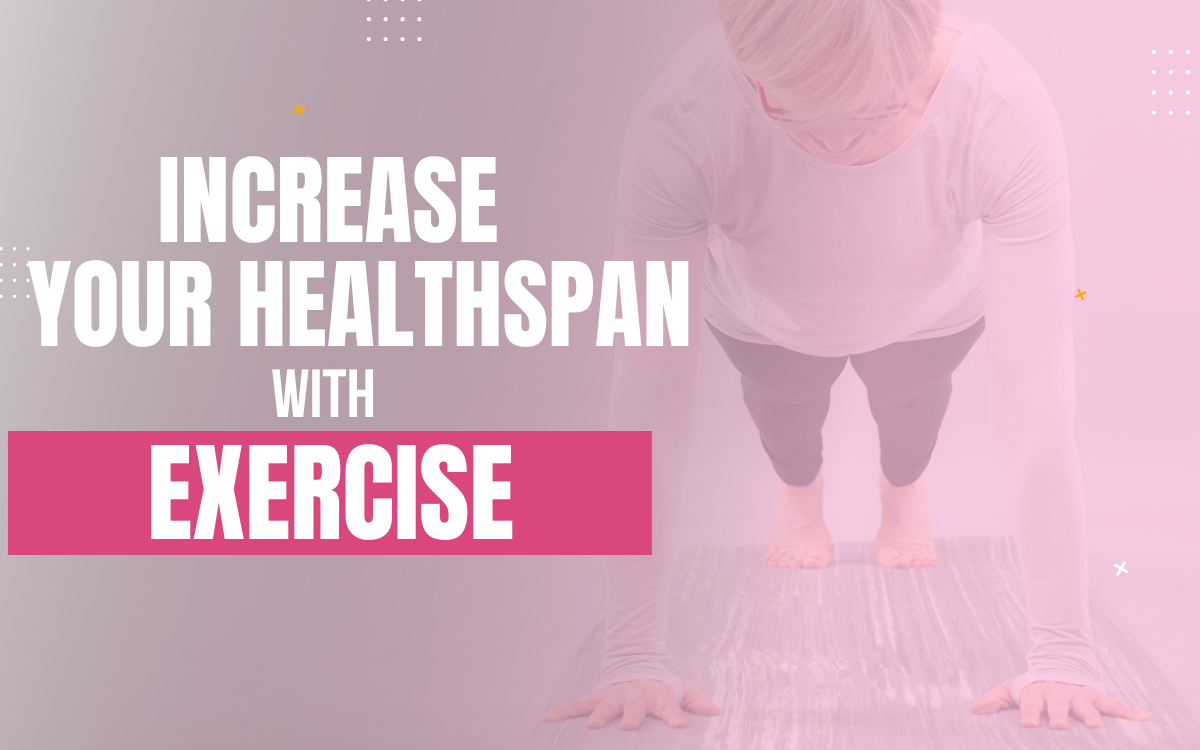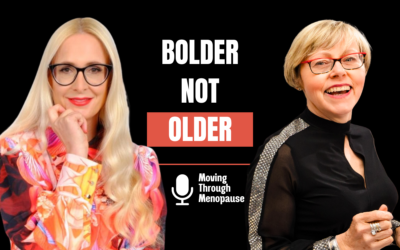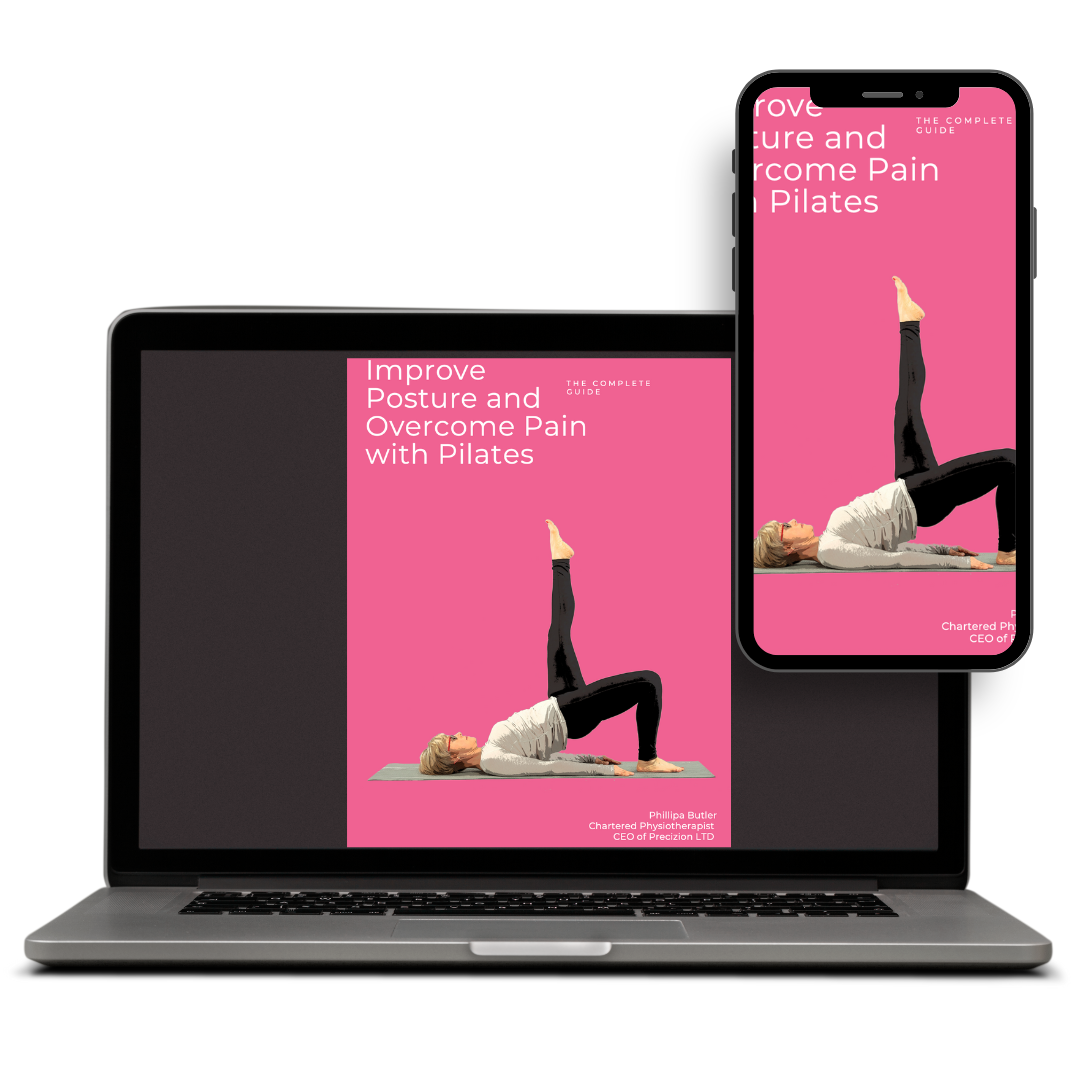Increase Your Health Span with Exercise
In our fast-paced world, maintaining health and vitality as we age is becoming an increasingly popular goal. Health span – the period of life spent in good health, free from chronic diseases – is a concept that emphasises not just living longer, but living well. In this blog post, we’ll explore the power of movement and exercise to increase your health span.
What is Health Span
Increasing your health span is about being healthy for as long as possible into older age. My career in physiotherapy has exposed me to many things that I hope to help people avoid. I strive to support everyone in optimising their capacity to perform well as they get older, which in turn enhances the quality of their lives.
The Power of Movement
From my extensive research and experience, movement is undeniably medicine. Movement impacts every part of the body – the brain, heart, lungs, liver, muscles, and bones. The physical, mental, and biochemical benefits of exercise are vast, with improvements seen in balance, mobility, flexibility, posture, and overall health.
Check out this Video Presentation on YouTube
Exercise and Mental Health
Exercise doesn’t just strengthen the body; it also enhances mood. Mindful movement practices like Pilates and yoga boost mood-enhancing chemicals. Resistance training in particular stimulates neuroprotective chemicals that help in brain regeneration.
Read More about BDNF and its role in prevention of neurodegeneration
Antioxidants and Free Radicals
Exercise combats free radicals, molecules that create harmful reactions in the body, by producing antioxidants. These antioxidants help prevent processes that can lead to diseases like cancer by neutralizing free radicals.
Understanding Apoptosis
Apoptosis, or cell death, produces toxic byproducts in the body. Exercise increases circulation and helps remove these toxins, promoting cellular health and preventing the buildup of these harmful byproducts.
Increase your Health Span with Exercise; What Dosage and Types
If movement is medicine, what’s the dose? High-intensity interval training (HIIT) is promoted due to its brief, efficient nature, but it’s not the only type of exercise we should do. Strength training, flexibility, mobility, stability, and cardiovascular endurance are equally crucial. Government guidelines recommend strength training twice a week, but true health maintenance may require more frequent, varied exercises.
Strength Training Essentials
Strength training benefits everyone, not just bodybuilders. It optimizes bone strength, improves stability, and enhances physical resilience. Important exercises include sets and reps of bicep curls, overhead presses, squats, single-leg bridges, deadlifts, and bench presses.

Single Leg Bridge
Flexibility and Mobility
Flexibility allows muscles and tendons to lengthen, while mobility focuses on controlling movement through the entire range of motion. Good flexibility and mobility help prevent injuries and improve overall function.

Butterfly Stretch
Addressing Shoulder Stiffness
Shoulder stiffness is common and can lead to pain. Incorporating shoulder mobility exercises like halos and the thread-the-needle stretch into daily routines can help maintain shoulder health and avoid stiffness.
Understanding Muscle Function and Stability
Proper muscle function and stability are essential to prevent back pain and other injuries. Stabilising muscles, which support the spine, can go “on holiday” if not used, leading to other muscles compensating and potentially causing pain.
The Role of Core Muscles and Pilates
Core stability is crucial for spinal health and overall function. Pilates is particularly effective in targeting and strengthening deep core muscles, enhancing posture, alignment, and joint load distribution. Read more about Pilates for the core HERE

Pilates for Stability with Soft Ball
Cardiovascular Fitness and VO2 Max
Cardiovascular training improves the health of the heart and vessels. Zone 2 training, which involves moderate-to-vigorous activity, challenges the cardiovascular system and improves cardiovascular endurance. High-intensity vigorous activity is required to improve the VO2 max. This is an important measure of fitness that declines with age. The fitter you are the less far your fitness with fall.
Creating Sustainable Exercise Habits
Increase your health span with sustainable exercise habits. Sustainable habits can be developed by incorporating micro habits and habit stacking into daily routines. Celebrate your successes and maintain consistency to ensure long-term health benefits. Remember, you’ve got this, and if in doubt, I am on hand to help.
Join Me LIVE Online
Join me Live Online for Movement Made to Make Midlife the Time of Your Life! Your First Class is FREE with the Coupon Code FIRSTFREE
Book your Spotor Contact Phillipa if you have questions
Author: Phillipa Butler
Your Movement Specialist












